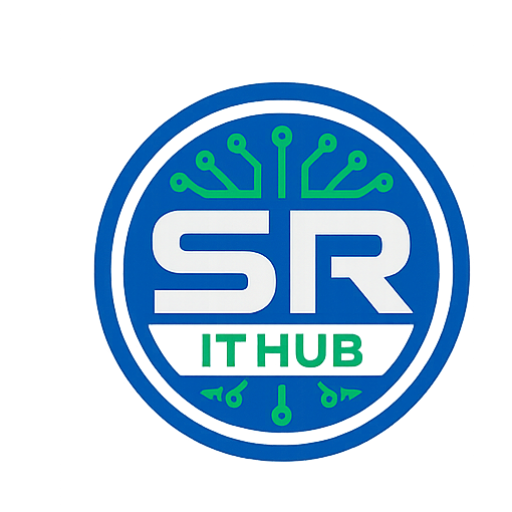ABSTRACT
A simple definition of routing is “learning how to get from here to there.” In some cases, the term routing is used in a very strict sense to refer only to the process of obtaining and distributing information, but not to the process of using that information to actually get from one place to. Since it is difficult to grasp the usefulness of information that is acquired but never used, we employ the term routing to refer in general to all the things that are done to discover and advertise paths from here to there and to actually move packets from here to there when necessary. The distinction between routing and forwarding is preserved in the formal discussion of the functions performed by OSI end systems and intermediate systems, in which context the distinction is meaningful.
Routing is the act of moving information across an inter network from a source to a destination. Along the way, at least one intermediate node typically is encountered. Routing is the process of finding a path from a source to every destination in the network. It allows users in the remote part of the world to get to information and services provided by computers anywhere in the world. Routing is accomplished by means of routing protocols that establish mutually consistent routing tables in every router in the Network.
When a packet is received by the router or is forwarded by the host, they both must make decisions as to how to send the packet. To do this, the router and the host consult a database for information known as the routing table. This database is stored in RAM so that the lookup process is optimized. As the packet is forwarded through various routers towards its destination, each router makes a decision so as to proceed by consulting its routing table.
Existing system
For sending information from one network to other network through a subnet efficiently, one has to select a better routing technique among the several techniques available. So far no routing Algorithm is reported to be outright choice for all possible cases. So an attempt is made to provide such a routing technique which provides better results for a given configuration of the subnet in real time.
The main objective of our project is to maximize the efficiency of the routing process by suggesting the potential user a better algorithm.
SOFTWARE REQUIREMENTS:
• Web Technologies : HTML, CSS, JS. JSP
• Programming Language : Java
• Database Connectivity : JDBC
• Backend Database : MySQL
• Operating System : Windows 08/10
HARDWARE REQUIREMENTS:
• Pentium processor : Core I3
• RAM Capacity : 2GB
• Hard Disk : 250GB
• Monitor : 15’’ Color Monitor

